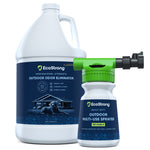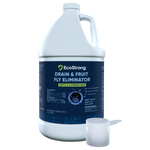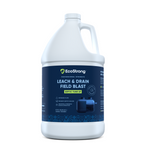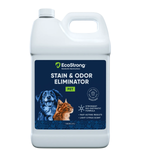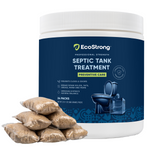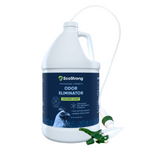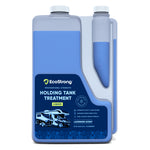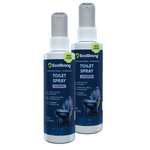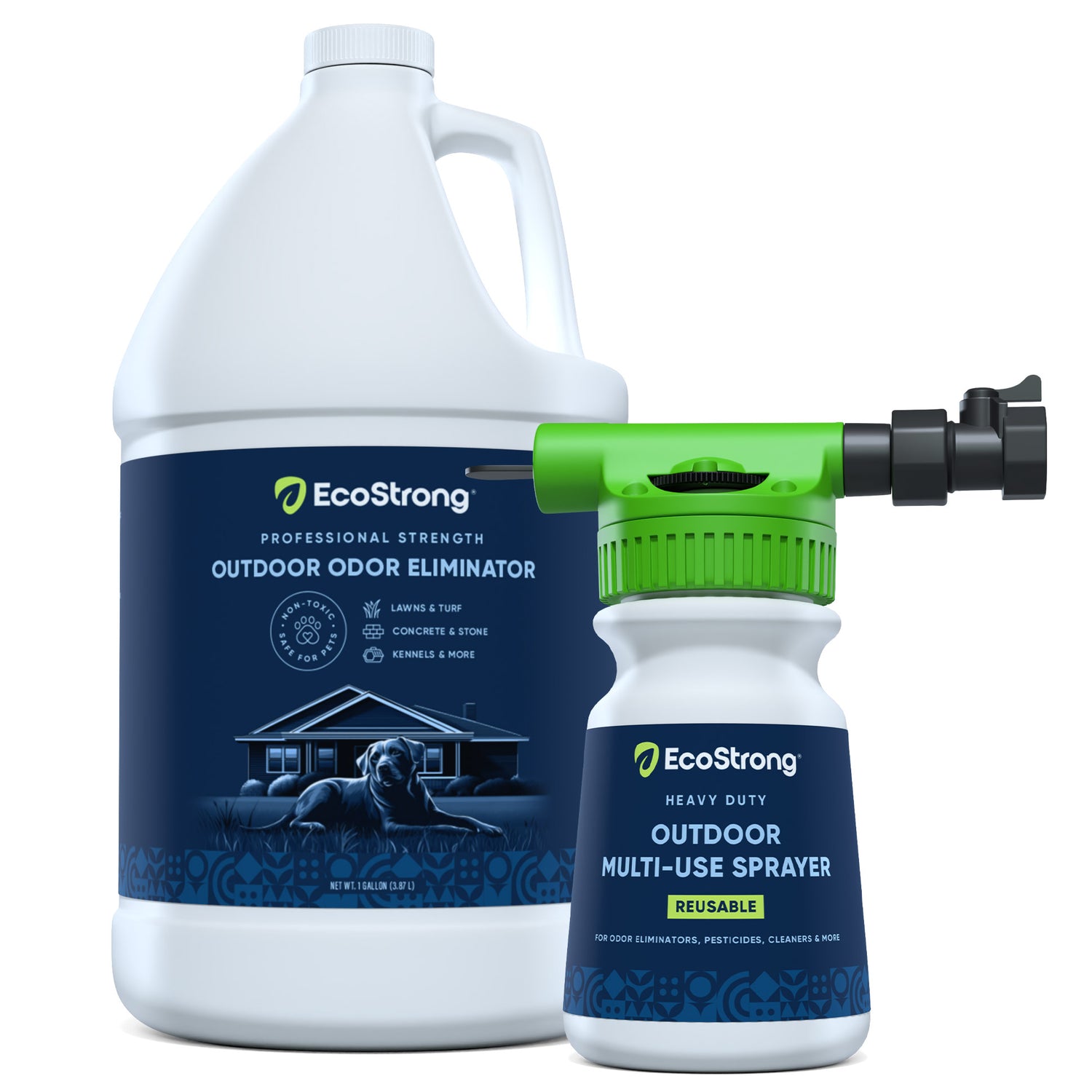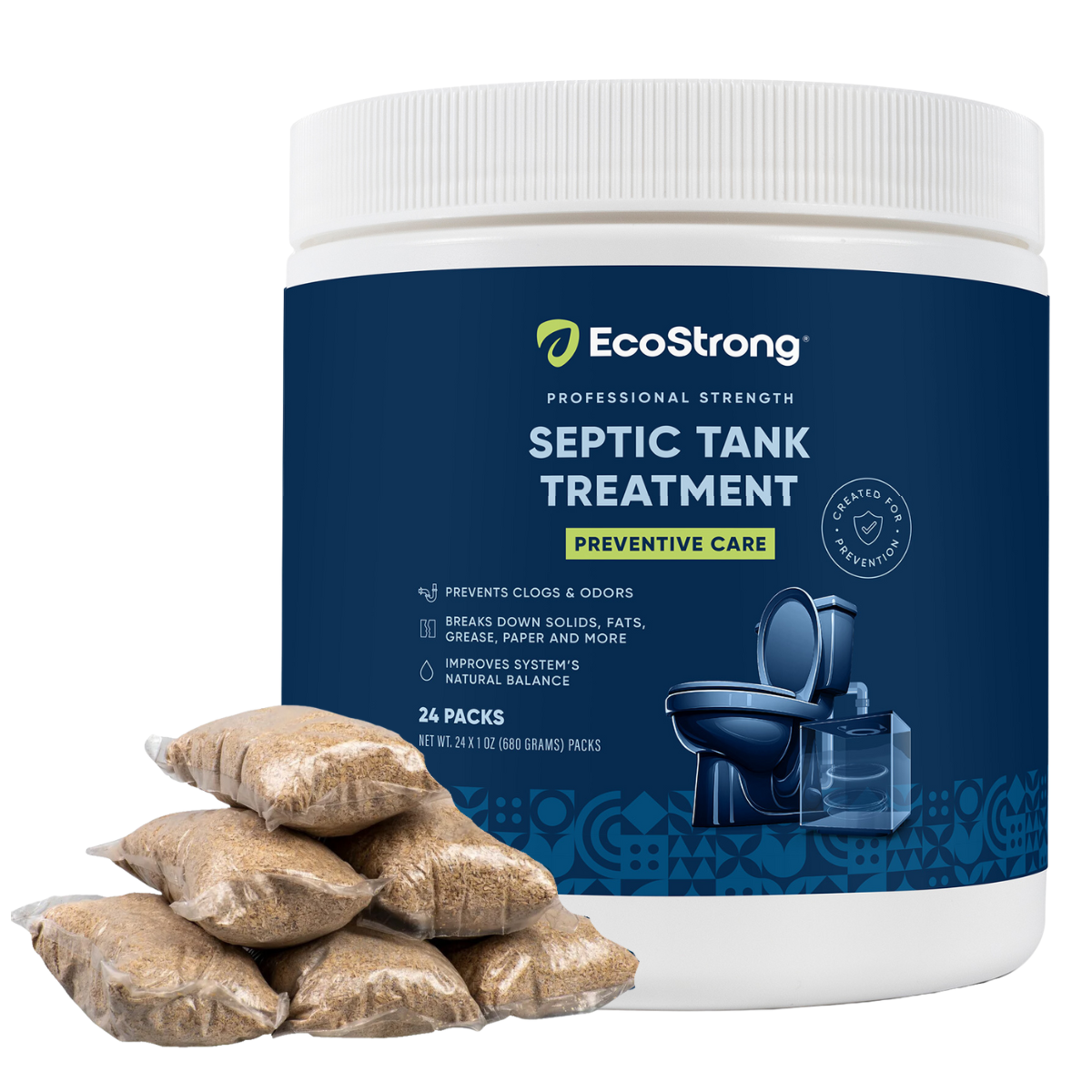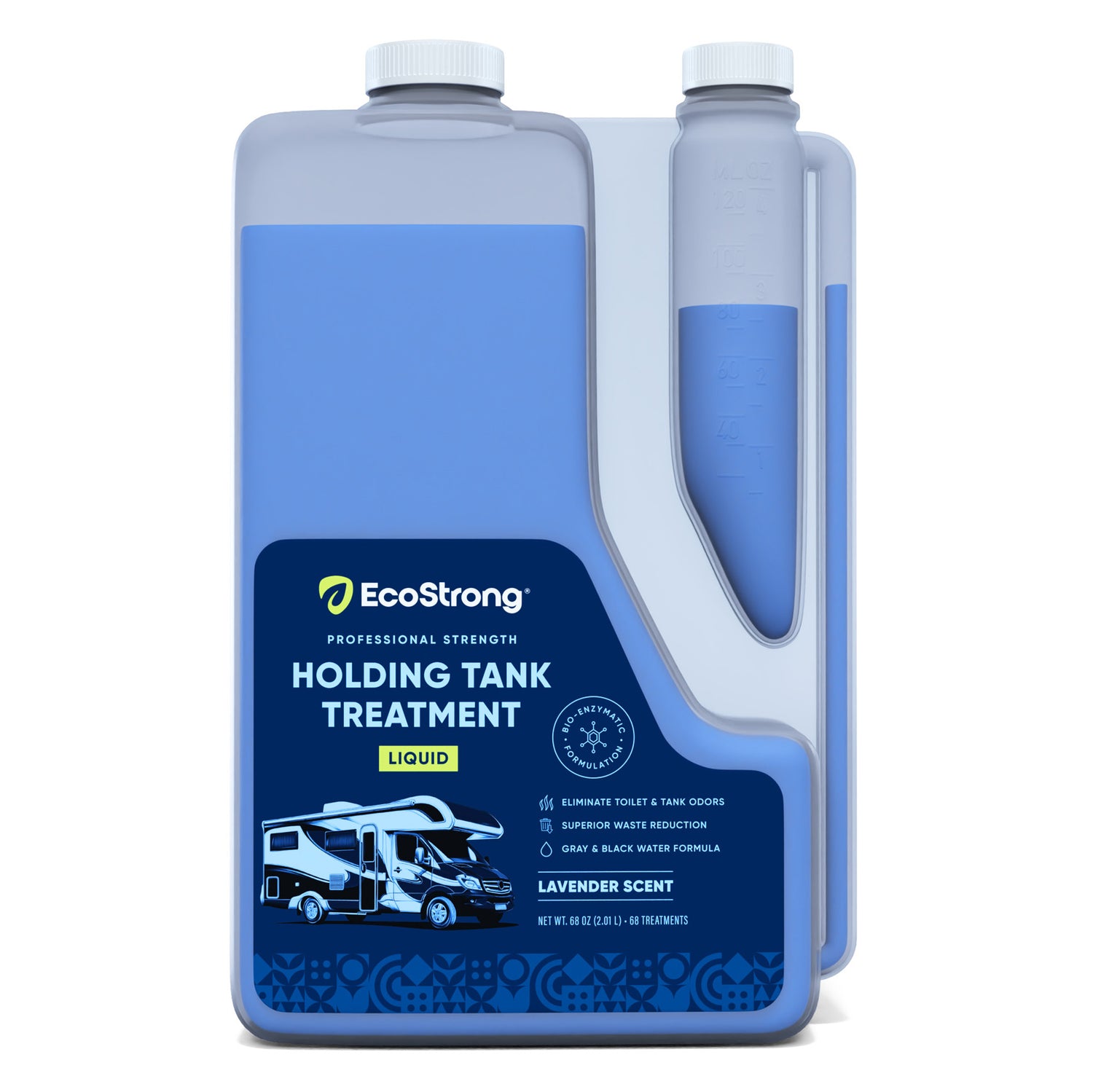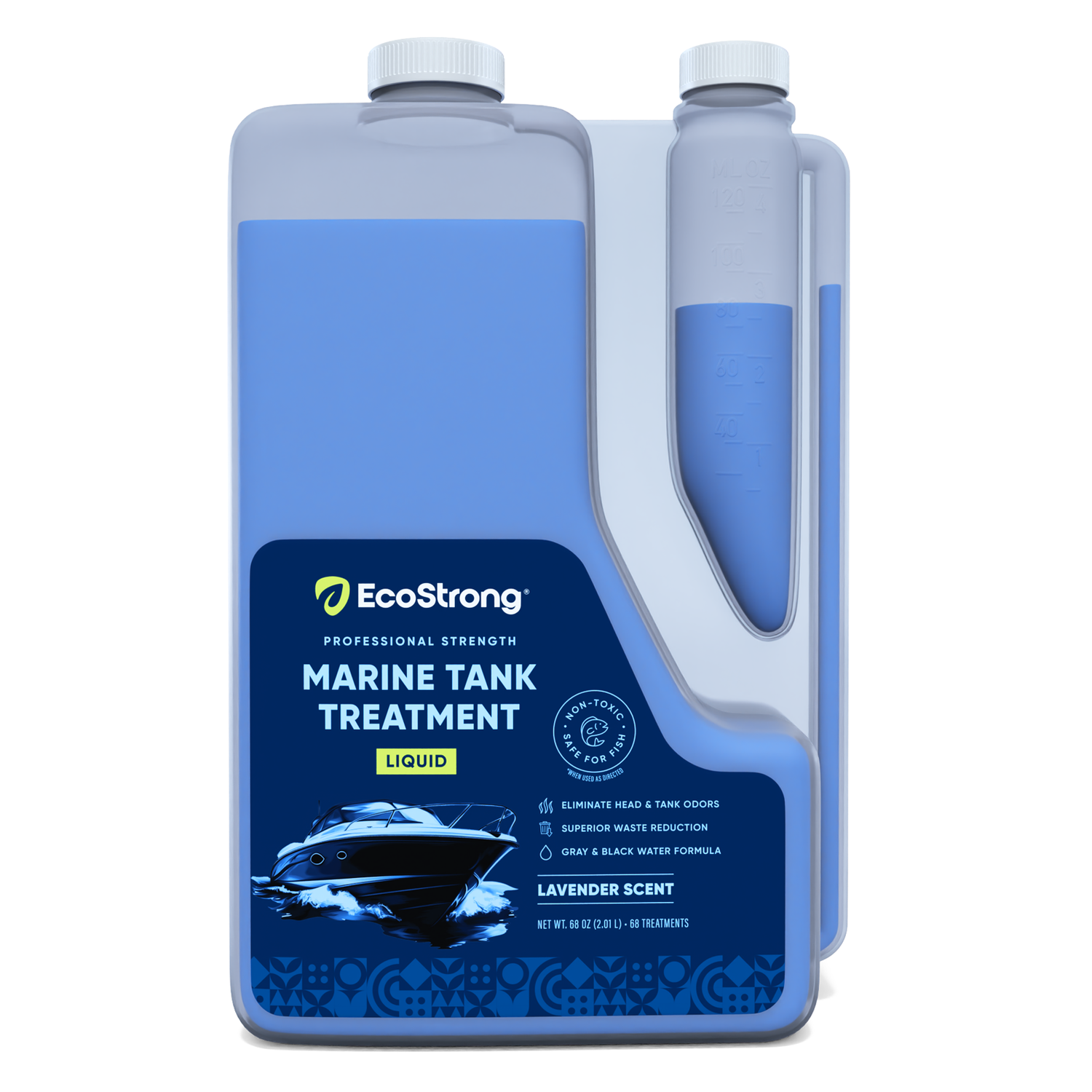When it comes to maintaining a home, understanding your septic system is crucial, especially if you're not connected to a municipal sewer system. Let’s break down the basics, the types, the biology involved, and how to maintain your system effectively.
What is a Septic System?
A septic system is an underground wastewater treatment structure. Common in rural areas without centralized sewer systems, it uses a combination of nature and proven technology to treat household wastewater from bathrooms, kitchen drains, and laundry.
How Septic Systems Work
Septic systems work by separating and treating waste. Wastewater from your home flows into the septic tank, where solids settle to the bottom, forming sludge. Oils and grease float to the top as scum. The liquid wastewater (effluent) then exits the tank into the drain field, where it percolates through the soil, providing further treatment.
Types of Septic Systems
There are several types of septic systems, each suited to different situations:
-
Conventional Systems: These include a septic tank and a trench or bed subsurface wastewater infiltration system in the soil.
-
Chamber Systems: A gravel-less drain field system that uses plastic chambers in place of pipes.
-
Drip Distribution Systems: Uses small pipes buried in shallow, narrow trenches to distribute effluent.
-
Aerobic Treatment Units (ATUs): Introduces oxygen into the treatment tank to increase the breakdown of organic matter.
-
Mound Systems: Used in areas with shallow soil depth, high groundwater, or shallow bedrock.
-
Recirculating Sand Filter Systems: Involves effluent being pumped to a filter, typically sand, for additional treatment.
Parts of a Septic System
Understanding the components of your septic system helps in better maintenance. Here's a quick rundown:
-
Sewer Line to Septic Tank: The pipe that carries wastewater from your home to the septic tank.
-
Septic Tank: The primary treatment unit where solids settle, and scum rises.
-
Outlet Pipe from Septic Tank: This pipe transports the effluent from the septic tank to the next treatment stage.
-
Advanced Treatment System (if required): Sometimes, an additional treatment unit is needed to further treat the effluent.
-
Outlet Pipe from Advanced System (if required): Carries treated effluent from the advanced system to the drain field.
-
Septic Drain Field: A network of perforated pipes or chambers where the effluent is distributed for further natural treatment.
Biology of a Healthy Septic System: The Role of Bacteria in Your Septic System
Healthy bacteria in your septic tank and drain field are vital. These bacteria break down organic matter in the wastewater, making it safe to be released into the environment.
A healthy septic system relies on a balanced population of bacteria and other microorganisms. Anaerobic bacteria in the septic tank break down organic matter, reducing solids and producing gases. Aerobic bacteria in the drain field further treat the effluent, ensuring harmful pathogens are neutralized.
Soil microorganisms play a crucial role in the final stage of wastewater treatment. They digest organic matter and harmful pathogens, ensuring clean water returns to the groundwater system.
Maintaining Your Septic System
Maintenance is key to a well-functioning septic system. Here’s how you can keep yours in top shape:
-
Regular Inspections and Pumping: Have your septic system inspected every three years and pumped as necessary, typically every three to five years.
-
Water Efficiency: The less water you use, the less wastewater your septic system has to treat. Fix leaks and install high-efficiency fixtures.
-
Proper Waste Disposal: Only human waste and toilet paper should go down your drains. Avoid flushing sanitary products, diapers, paper towels, and chemicals.
-
EcoStrong Products: Use EcoStrong septic products to maintain a healthy bacterial balance. EcoStrong offers eco-friendly solutions that enhance the natural bacteria in your tank, ensuring optimal breakdown of organic waste. Their products help reduce odors, prevent backups, and extend the life of your septic system.
Septic issues can be divided into 3 groups:
Cleaning Products to Avoid if You Have a Septic System
Certain cleaning products can harm the bacteria in your septic system. Avoid:
- Bleach: Kills beneficial bacteria in your septic tank.
- Antibacterial Soaps: Same as bleach, they kill good bacteria.
- Chemical Drain Cleaners: Can damage the septic tank and kill necessary bacteria.
- Phosphate-based Detergents: They can cause an imbalance in the bacterial environment.
Tips for Maintaining Your Septic System
- Regular Inspections: Have your septic system inspected by a professional every three to five years.
- Pumping: Pump your septic tank every three to five years, depending on usage and tank size.
- Water Conservation: Use water efficiently to reduce the amount of wastewater entering your septic system.
- Proper Disposal: Do not flush non-biodegradable items, fats, oils, or grease down the drain.
- Root Management: Keep trees and shrubs away from the septic system to prevent root intrusion.
- Drain Field Care: Avoid parking or driving over the drain field to prevent soil compaction and pipe damage.
FAQs
Q: How often should I pump my septic tank? A: Generally, every three to five years, but it depends on your tank size and household water usage.
Q: Can I use a garbage disposal with a septic system? A: Use sparingly, as it adds solids to the system, which can increase the need for frequent pumping.
Q: What are the signs my septic system is failing? A: Slow drains, bad odors, standing water near the drain field, and lush grass over the tank area.
Q: Is it safe to plant trees near my septic system? A: No, tree roots can damage septic system components.
Wrapping Up
Understanding and maintaining your septic system is essential for a healthy home and environment. By following these tips and using products like those from EcoStrong, you can ensure your system works efficiently for years to come. Remember, a little care goes a long way in preventing costly repairs and maintaining the smooth operation of your septic system.


